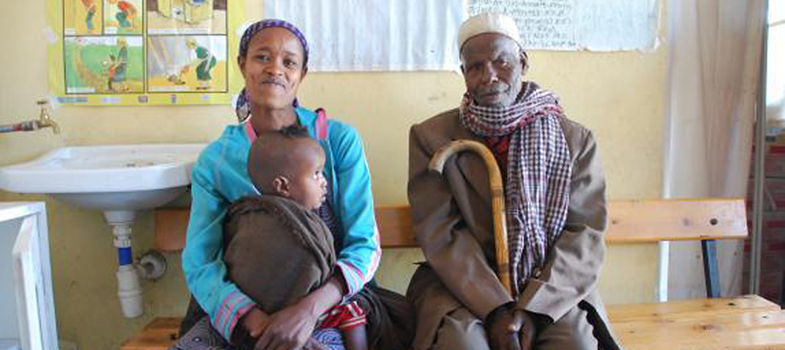Integrated Management of Newborn and Childhood Illness Module: Introduction
Introduction to the Integrated Management of Newborn and Childhood Illness Module
The IMNCI Module, together with Antenatal Care, Labour and Delivery Care and Postnatal Care, provides a knowledge-base for many of the critical health services that Health Extension Workers and Health Extension Practitioners deliver for infants and children and their families. You will find that some of the concepts and competencies in the IMNCI Module are also covered in other Modules in the Level IV Health Extension Practitioner Programme. This is because IMNCI is based on international guidelines and protocols and therefore a Module on the IMNCI strategy needs to have all elements of the approach included.
Children who come to your health post are often suffering from more than one condition, making it impossible to give a single diagnosis. As you will see, IMNCI is an integrated strategy and is based upon the combined treatment of the major childhood illnesses and the correct implementation of prescribed care. The Module is divided into two parts. In Part 1, you will learn more about the integrated approach and how it applies to maternal, newborn and child health, the management of bacterial infection and jaundice and other illnesses such as cough or difficult breathing, diarrhoea and fever. You will also learn about the management of infants and children with malnutrition and anaemia. In Part 2, you will learn about services you can provide for children under five living with HIV, recommendations for feeding, immunization and related interventions, how to manage ear problems and other common childhood infections and how to counsel mothers and caregivers effectively. The Module ends with two study sessions that will help you consolidate your learning and understand how all the components of the IMNCI strategy work together, to ensure you look at a child holistically when assessing, classifying and identifying the appropriate treatment and follow-up care.
